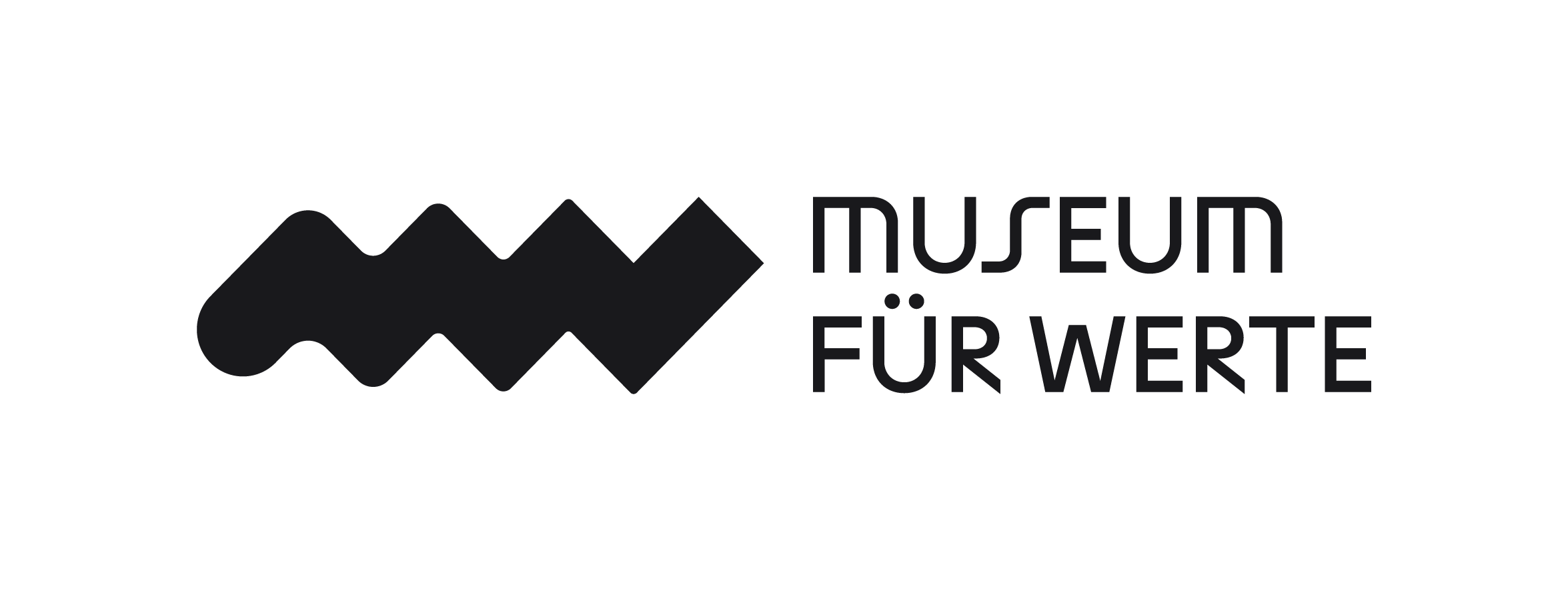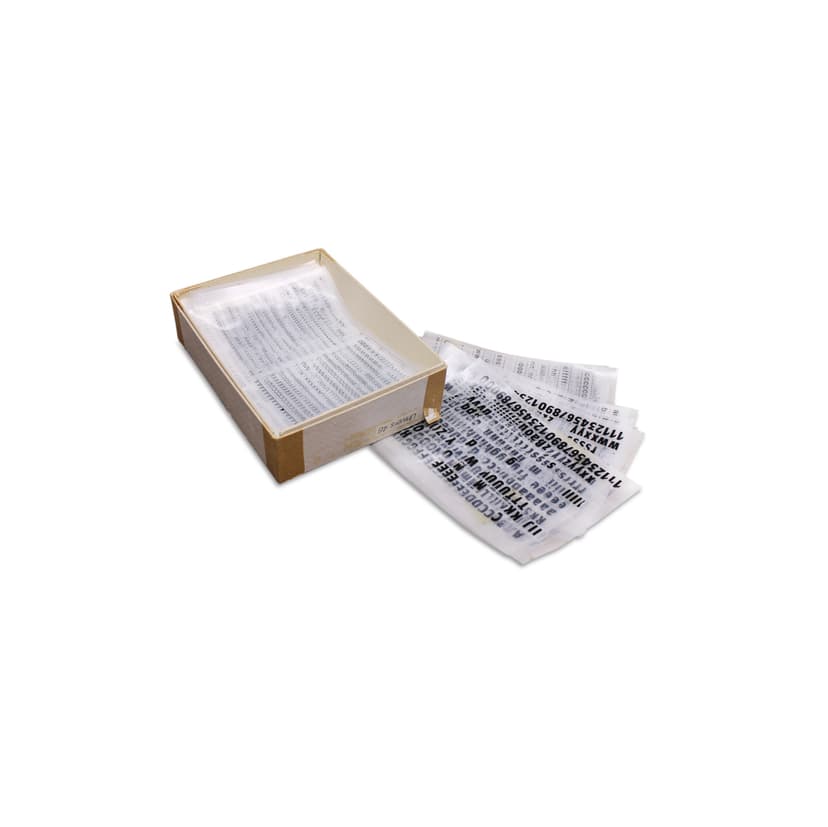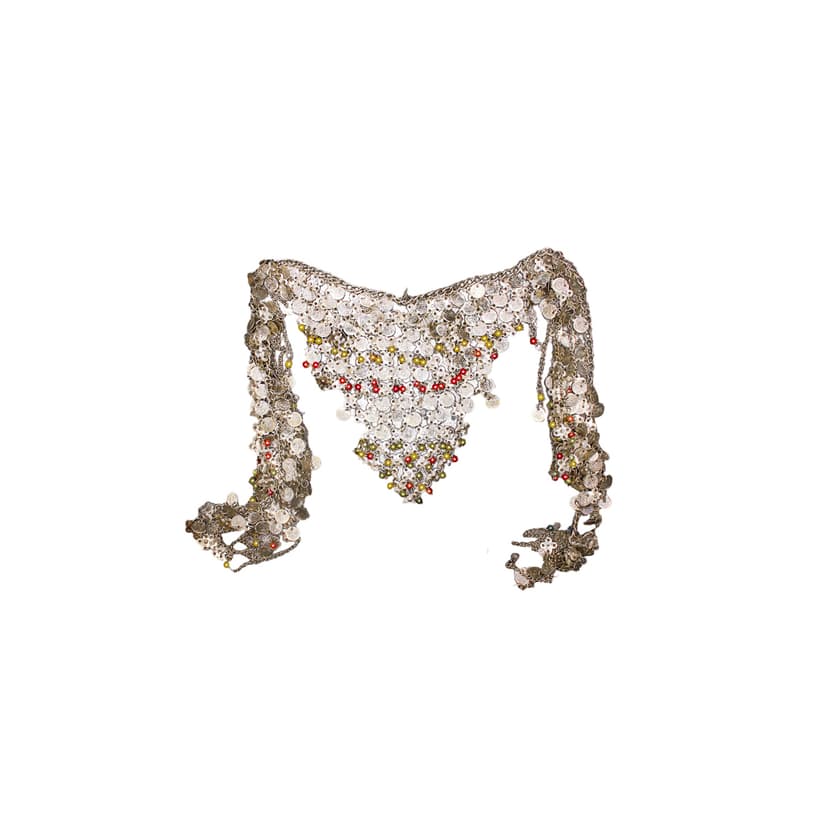Everyone remembers decorating greeting cards with colorful decals. It took a lot of effort, as you always had to have some water in your bag or run to the kitchen first. Fifty years ago, people's stress behavior was certainly different than it is today, but even then, people thought effectively, especially in terms of five-year plans, which were constantly being expanded. Now the question arises: who still remembers the legendary scratch-off stickers with the block letters? Just a bit of nail pressure, and the beautifully decorated congratulations for the brigade chairman were ready – usually only available in black and white, but with plenty of creative potential when the motif is rubbed off evenly. The surprise effect shows whether the figure is sitting nicely and accurately. Now there are stickers, but in the 1960s they were considerably more expensive than production using the rubbing technique. It was an arduous path, although not hopeless, as Eberhard Friedrich had good connections in Berlin. There, a letter of recommendation promised not to put any obstacles in the way of setting up production. A letter from Berlin to the Karl-Marx-Stadt trade office ensured this. Perhaps it was simply jealousy, motivated by the exceptional circumstances of founding a company whose business idea was unlikely to make a fortune. At the end of the 1960s, Eberhard Friedrich organized a huge, extendable wooden camera in a box format to create folio-sized photo negatives of the typeface designs. He experimented with self-mixed wax and soap emulsions. His wife printed and stored the finished foils. After all, air-drying took a full calendar week. The materials were often only available under the counter or in exchange for a nude drawing. This is where his hobby work in the drawing circle with Heinz Tetzner paid off – who in turn was a student of Karl Schmidt-Rottluff. Once the first sales successes were achieved, production in his private room became increasingly difficult. After moving to a small warehouse on Neefestrasse, the company produced, for example, displays for machine tools at the Erfurt Industrial Fair. State-owned enterprises from all over the GDR subsequently placed orders. Many state-owned enterprises (VEBs) could no longer do without the practical and variable type foils, which not only saved costs but also labor. It was inevitable that the Ministry of Defense also took notice of the small company Typoplex. The company wanted to save expensive foreign currency on printing foils for the NVA, as domestic production cost less than half. Rationalization and efficient planning were required. After almost five years of small-scale production, the patent, recognized in the CMEA, had to be sold to the government in the early 1970s. From then on, production took place in Thuringia under the brand name "Typofix" in a state-owned company, and the Friedrichs then devoted themselves again to their own work and commissioned work for production design at the Chemnitz-based advertising agency DEWAG, for example for Numerik, Fettchemie, and Germania.



